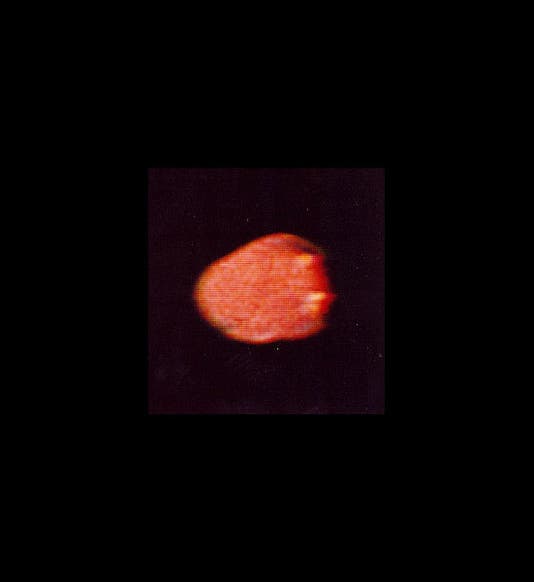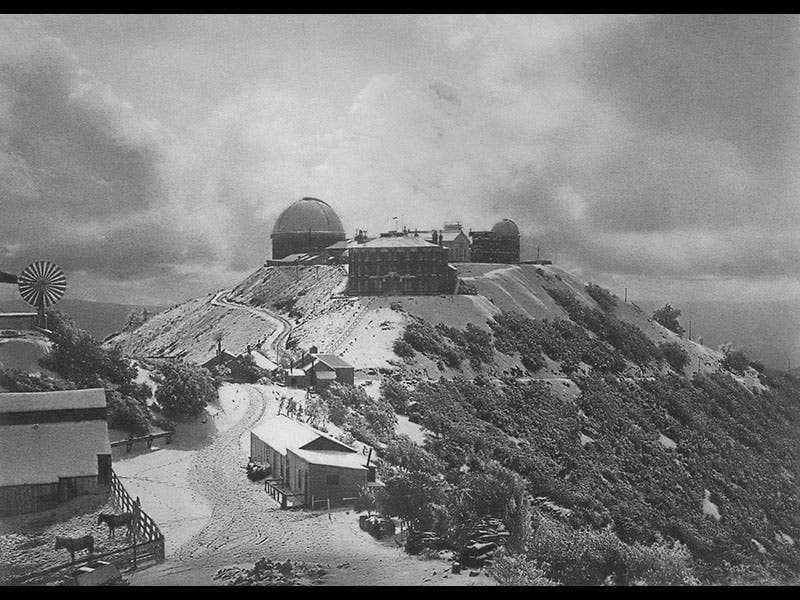Scientist of the Day - Edward Emerson Barnard
Edward Emerson Barnard, an American astronomer, was born Dec. 16, 1857. Galileo had discovered the four large moons of Jupiter in 1610, but no further Jovian moons had been sighted in the next 280 years of observation. And then, on Sep. 9, 1892, Barnard discovered a fifth moon, closer to Jupiter than any of the Galilean moons. He was using the newly installed 36-inch refractor at the Lick Observatory in California--the largest telescope in the world, for a brief time--when he spotted the moon. Barnard did not name it, but a French contemporary, Camille Flammarion, took a stab, and called it Amalthea, after a nymph who nursed the infant god Zeus (Jupiter). The name was generally ignored for the next 85 years, astronomers preferring to refer to it as Jupiter V, until the spacecraft Voyager 1 took a picture of it in 1979 (first image), and suddenly Jupiter V seemed too prosaic a name for such a pretty little spud of a moon. It has been Amalthea ever since.
Amalthea is quite a bit smaller than its Galilean cousins (all of which are larger than our Moon), being only about 160 miles across the long way. If you took Amalthea far away from Jupiter, it would probably round itself out into an impressive ball. But, where it is, Jupiter tugs so unmercifully that it is pulled into the form of a potato. Such distorting forces are called tidal forces, and they are also responsible for the formation of planetary rings, such as Saturn’s rings.
The other photos show a recently completed Lick Observatory, which sits on Mt. Hamilton, east of San Jose, and a jaunty Barnard, leaning against the lower end of the 36" Lick refractor.
Dr. William B. Ashworth, Jr., Consultant for the History of Science, Linda Hall Library and Associate Professor, Department of History, University of Missouri-Kansas City. Comments or corrections are welcome; please direct to ashworthw@umkc.edu.









